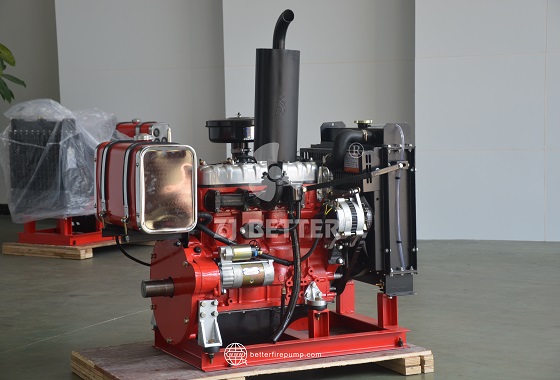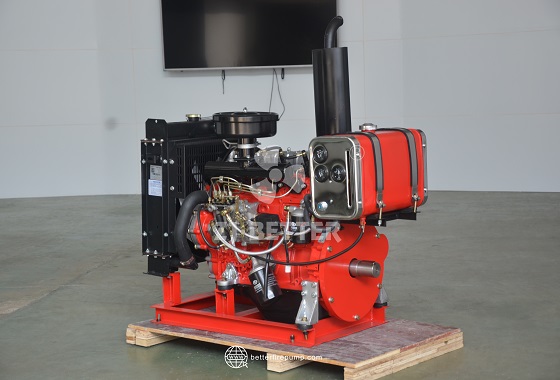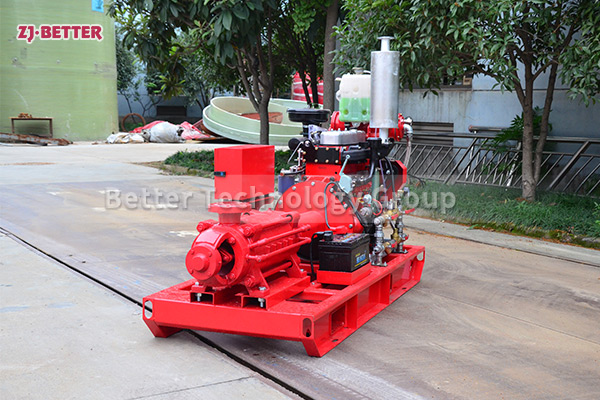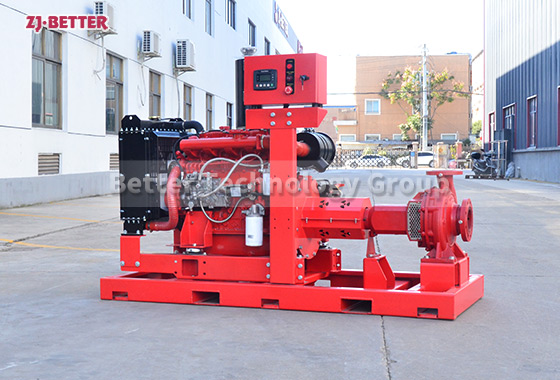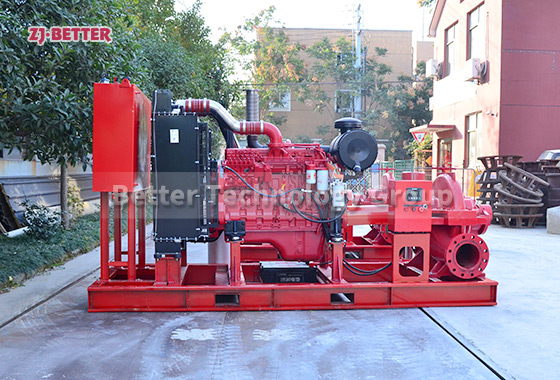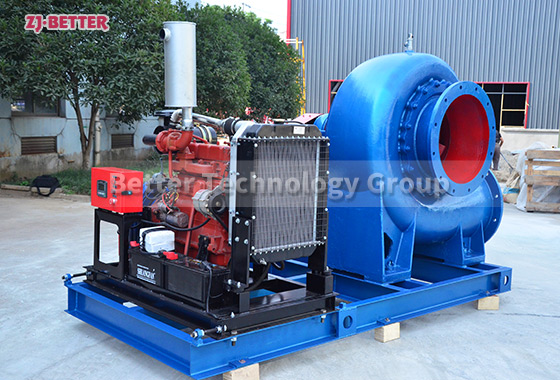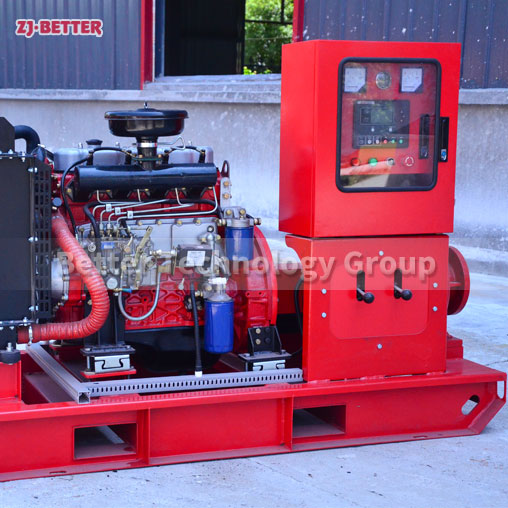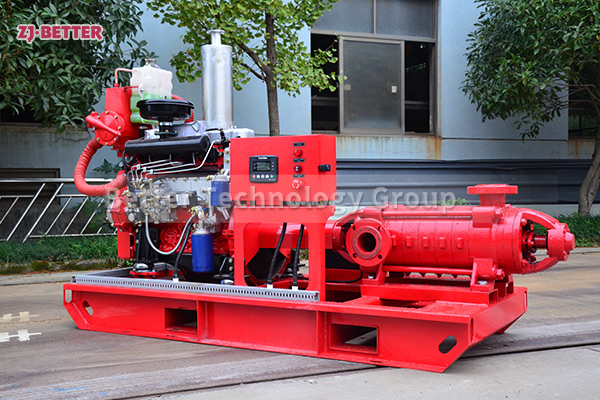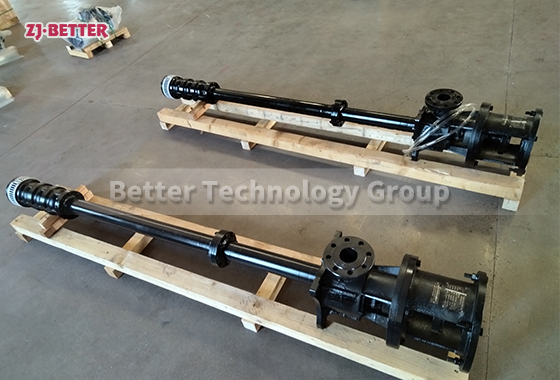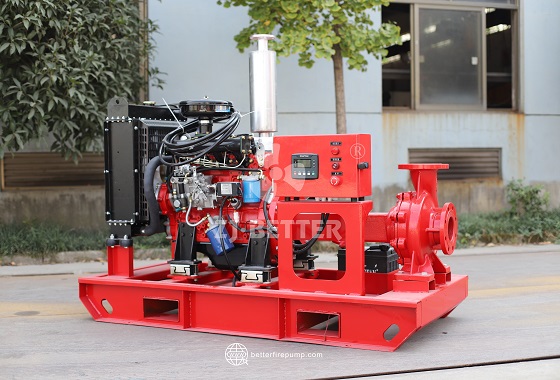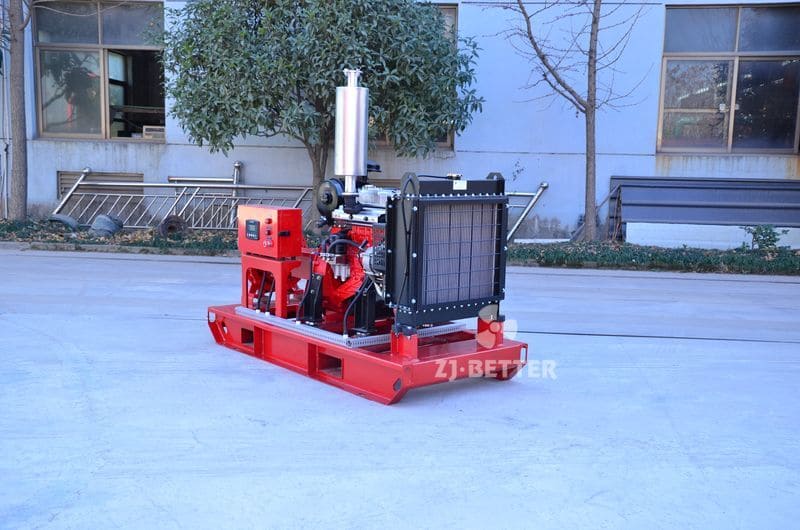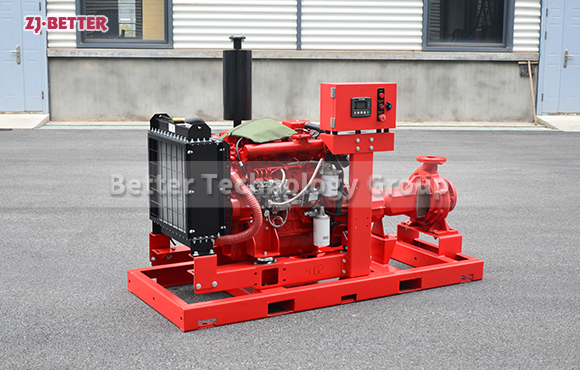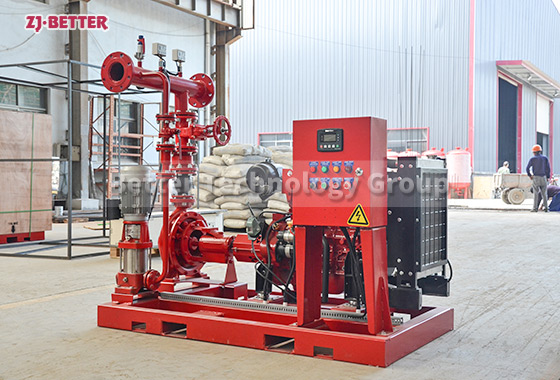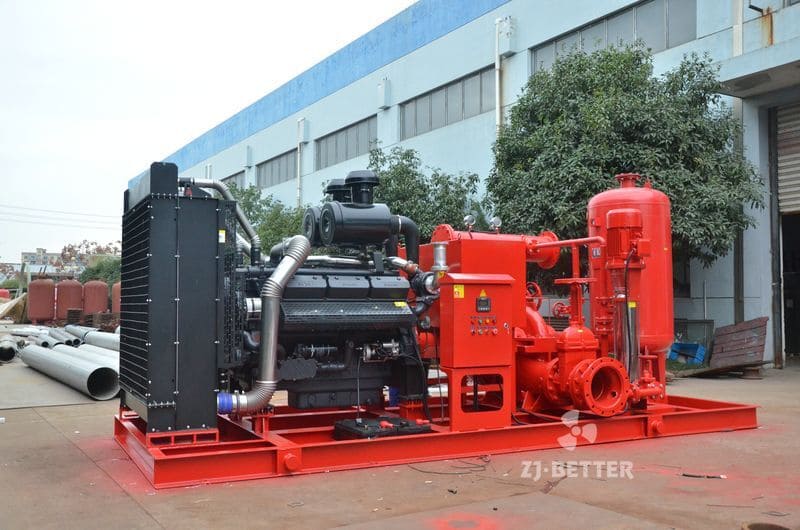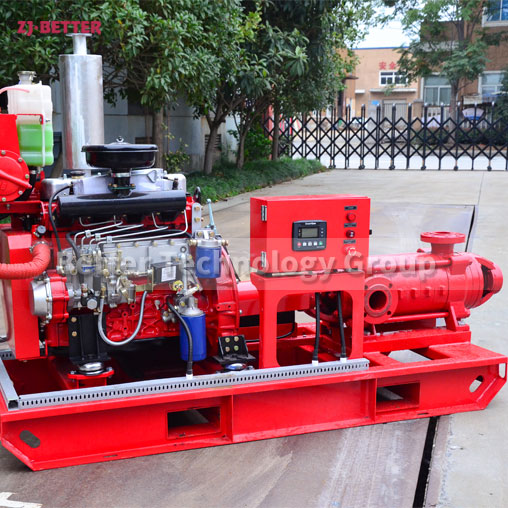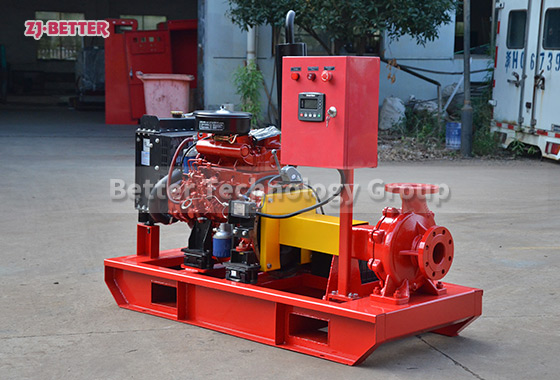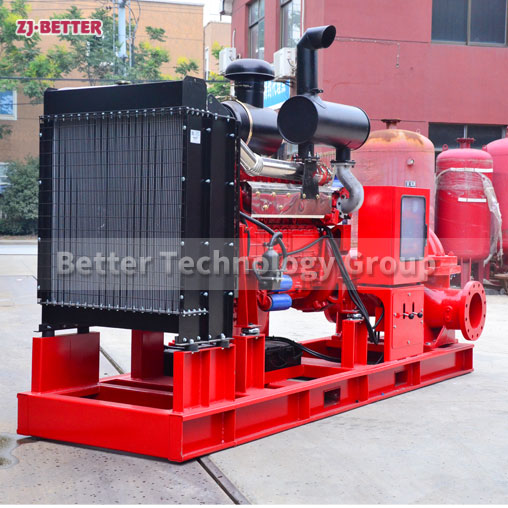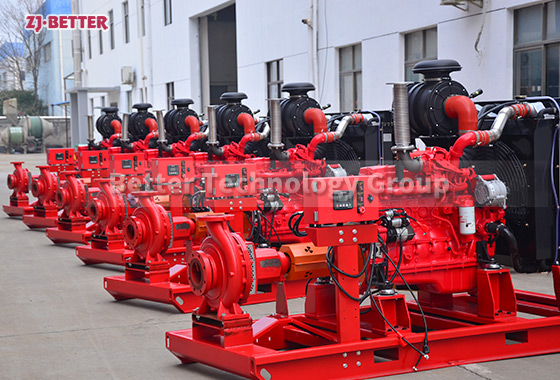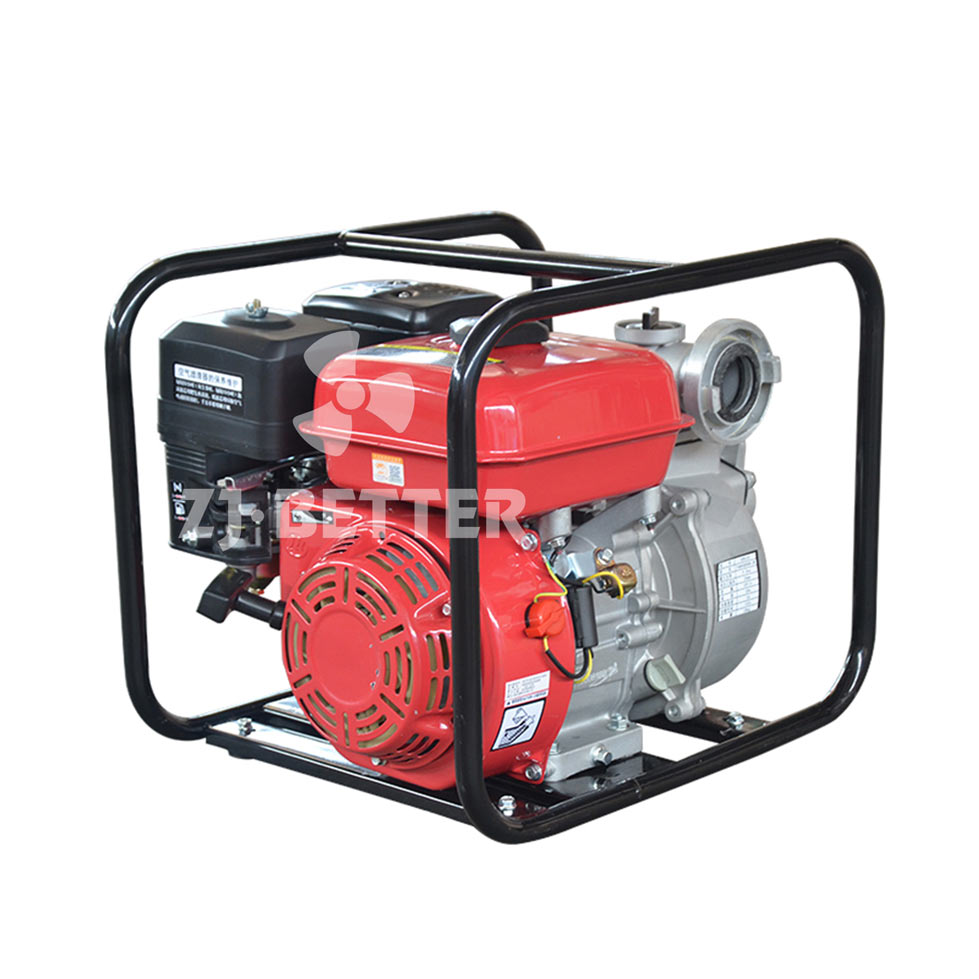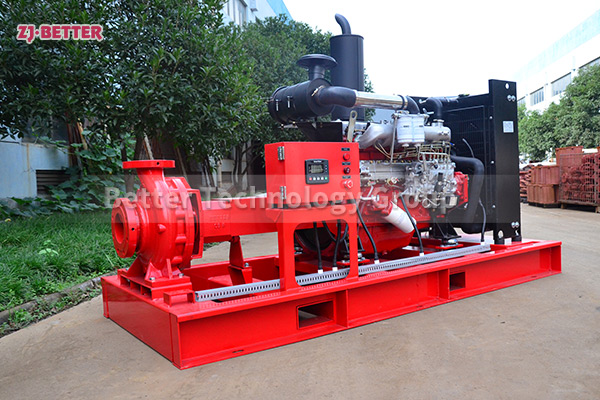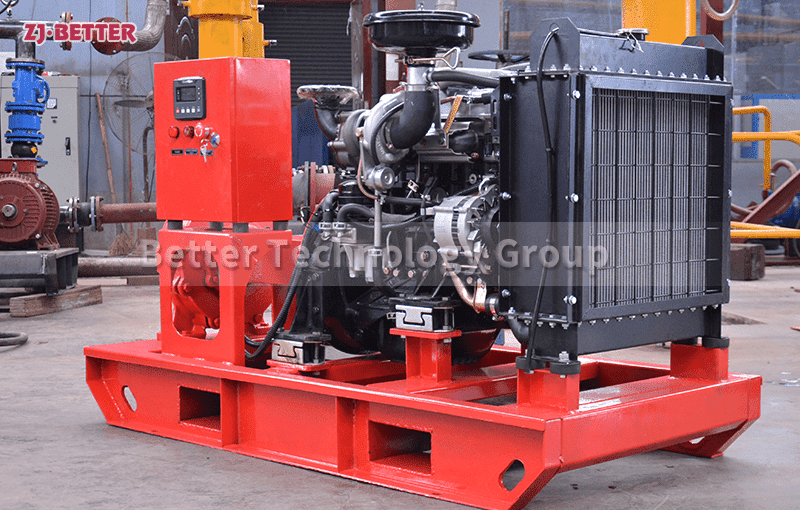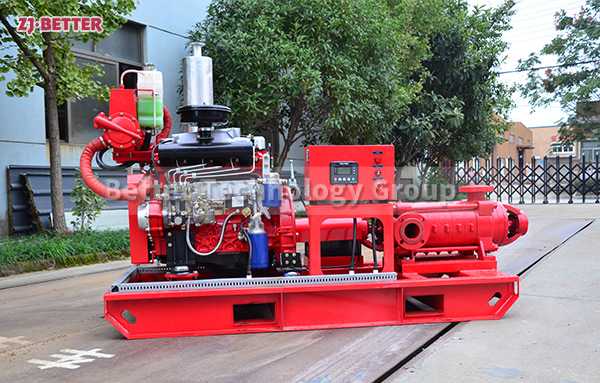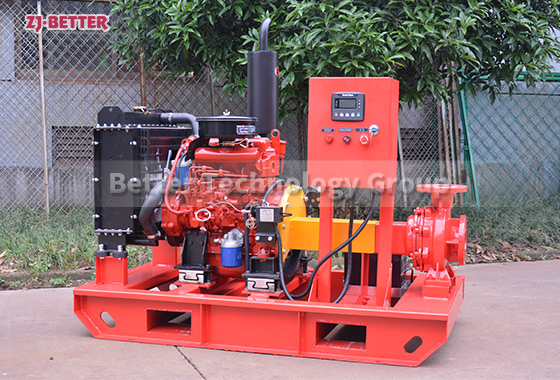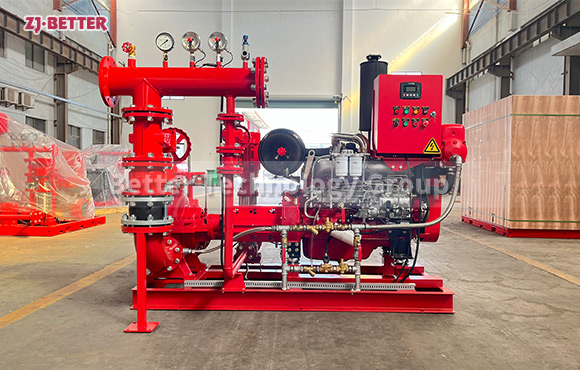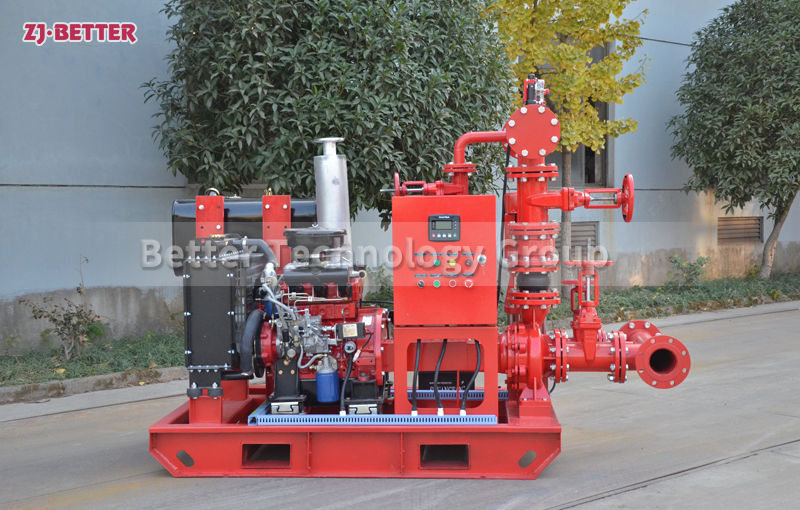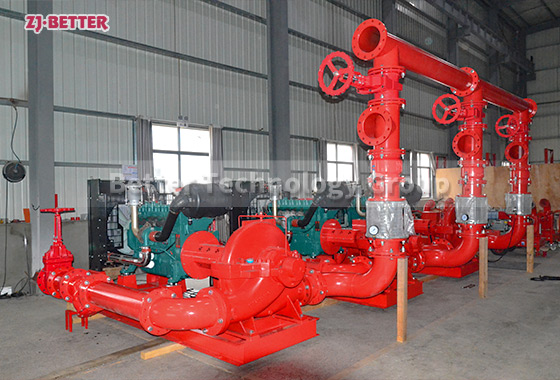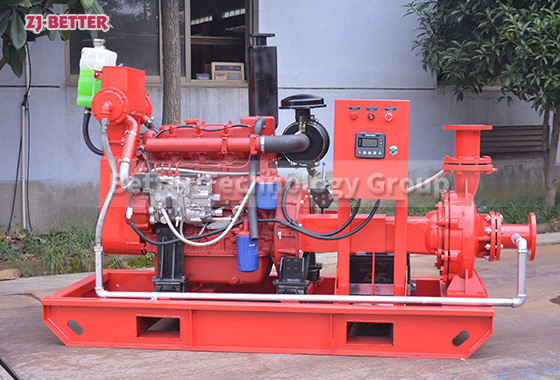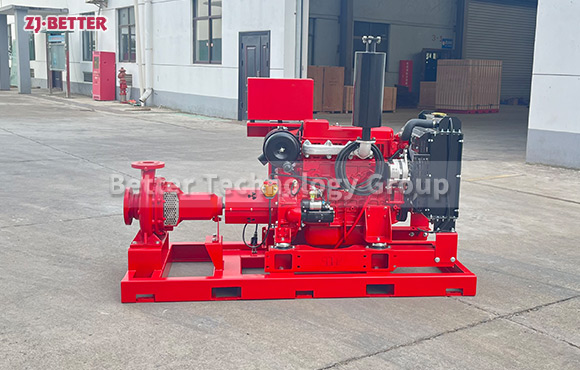Lightweight Yet Powerful – Diesel Engine Core for Flexible Firefighting Applications
BETTER compact diesel engine power core delivers strong performance in a small footprint, perfectly suited for fire pumps, mobile units, and emergency water systems, ensuring efficient and reliable fire protection.
In modern firefighting systems, the reliability of the power source directly determines the efficiency and stability of the entire fire suppression operation. The compact diesel engine power core developed by BETTER is a tailor-made high-performance solution, designed to meet the demands of complex and variable fire protection scenarios. With its compact structure and lightweight design, this unit offers impressive power output, rapid start-up capability, and long-lasting performance, making it ideally suited for use in small-scale fire pumps, mobile fire trucks, emergency water supply platforms, and more.
The power core features a premium diesel engine coupled with an efficient cooling system and multi-stage filtration, ensuring consistent operation even under harsh conditions such as high temperatures, high humidity, and dusty environments. Its integrated electric start system and simplified control logic significantly reduce start-up time, enhancing emergency responsiveness. Moreover, the unit is designed with multiple reserved interfaces, allowing users to flexibly integrate booster pumps, pressure stabilization tanks, and sensor modules, thus achieving a high level of system integration and configurability.
Manufactured with reinforced, high-temperature-resistant and corrosion-proof materials, the engine and components offer exceptional durability and reliability during prolonged operation. The entire unit has passed vibration tests and continuous runtime durability assessments, complying with national fire safety standards and international emergency equipment requirements.
The BETTER diesel engine core is more than just a technical solution—it represents dependable, real-world performance. It finds wide application in urban high-rise buildings, small warehouses, underground garages, remote mountain firefighting, and even temporary field water supply systems. It serves as the hidden yet essential power source behind countless fire safety systems.
Choosing BETTER means choosing a compact yet powerful heart for your fire protection system—ready to respond the moment it’s needed.

